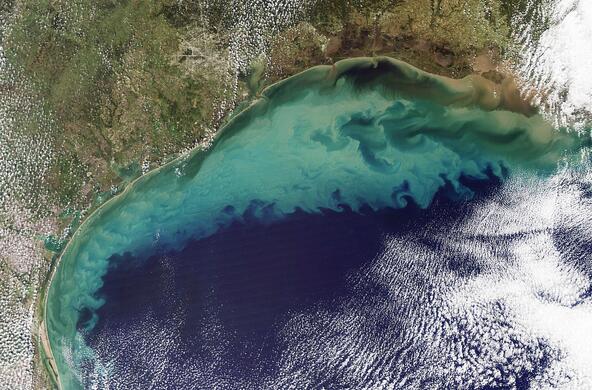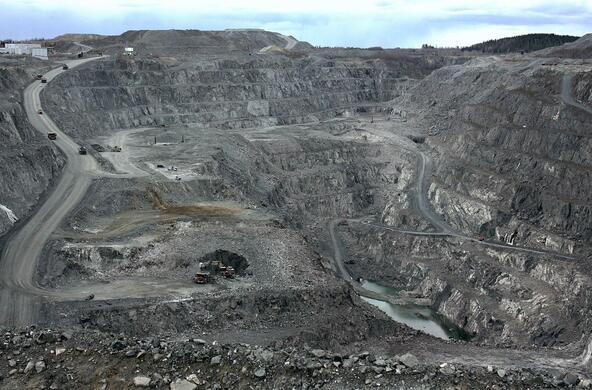Our parents told us not to waste food—urging us to be a member of the “clean-plate” club! Now, several studies have examined the magnitude of the food waste problem and its impacts on the environment. In the U.S., each of us disposes of 200 to 600 pounds of wasted food each year—or 72 million tons collectively. Not all of this is wasted at the plate. Food is thrown out at processing plants, through spoilage at grocery stores, and when too much is prepared at food service establishments and catered events.
Examinations of the food supply chain indicate that 40 to 80% of the food waste occurs at the point of consumption. A least a portion of what we waste at home is put down the kitchen disposal, further stressing sewage treatment. To account for our waste, farmers must produce more than we really need, and more food is packaged and shipped in anticipation of wastage. Crop waste in the fields and spoilage during processing and shipping add to the food we waste at home.
One recent study suggests that food waste in the U.S. is associated with 21% of the water used in agriculture (the largest water-use sector) and 2% of our energy use. Food that is wasted required fertilizers and pesticides when it was grown. The land used to grow food that is not eaten could better be left for nature and the preservation of biodiversity. Cutting food waste in half would save 8% of greenhouse gas emissions to the atmosphere—even more if we were to consume less beef in our diet.
Interventions to reduce food waste could be helpful, but these should be watched carefully. “Best if used by” dates are helpful if consumers are conscious of their purchases vis-à-vis anticipated upcoming consumption. These dates are counter-productive if producers shorten the interval, so consumers buy new food and throw out outdated food without regard to its real danger.
Nevertheless, interventions at the consumer level seem best. Farmers, producers, and shippers will quickly respond to changes in demand for their products.
References
Gunders, Dana. 2015. Waste-free Kitchen Handbook. Chronicle Books, San Francisco.
Leclere, D. and many others. 2020. Bending the curve of terrestrial biodiversity needs an integrated strategy. Nature doi: 10.1038/S41586-020-2705-7
Read, Q. and 8 others. 2020. Assessing the environmental impacts of halving food loss and waste along the food supply chain. Science of the Total Environment doi 10.1016/j.scitotenv.2019.
Shepon, A., G. Eshel, E. Noor, and R. Milo. 2018. The opportunity cost of animal based diets exceeds all food losses. Proceedings of the National Academy of Sciences 115: 3804-3809.
Springmann, M. and 23 others. 2018. Options for keeping the food system within environmental limits. Nature 562: 519-525.





